Calories in Pasta, whole grain, 51% whole wheat, remaining unenriched semolina, dry
165 calories
Serving Size 0.5 cup spaghetti (about 46 g)
There is no photo available for this food item however it should be similar in terms of nutritional content and calorie density as the following items. You can use these for references.
(97% similar)
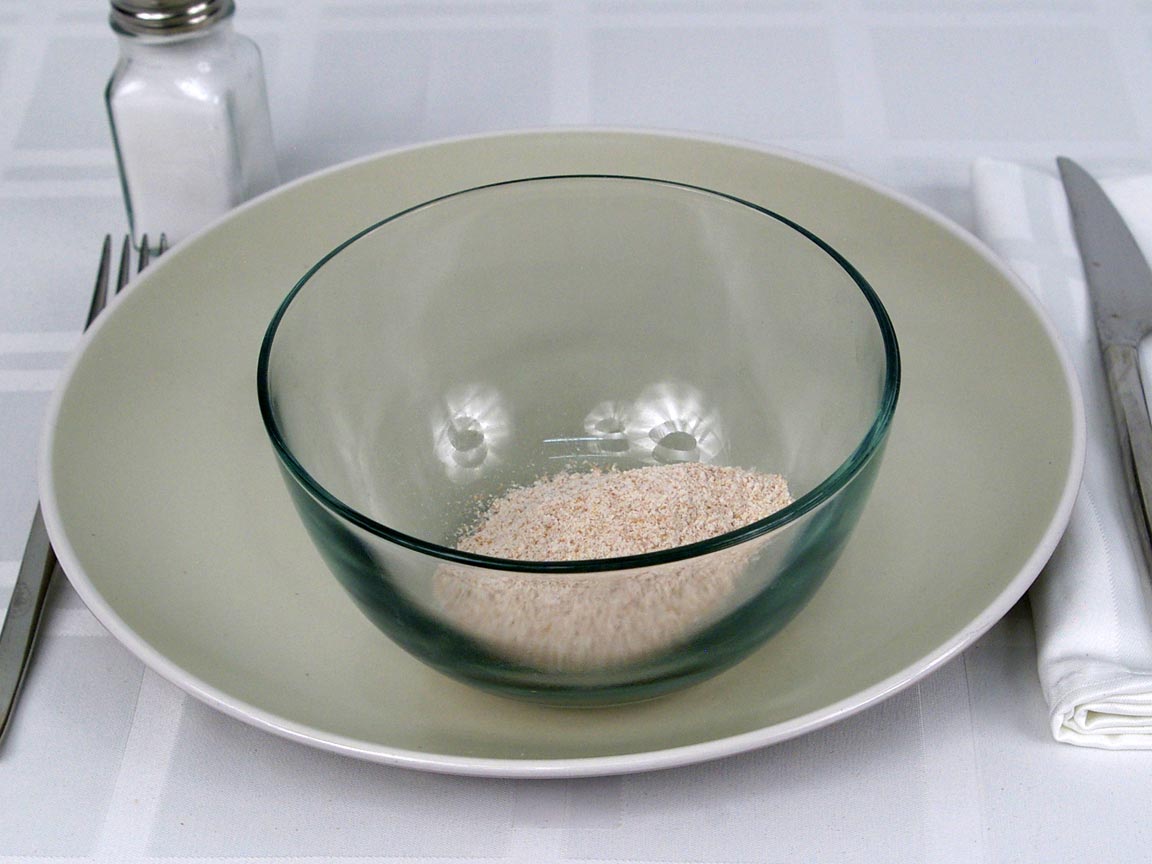
Whole Wheat Flour
(97% similar)
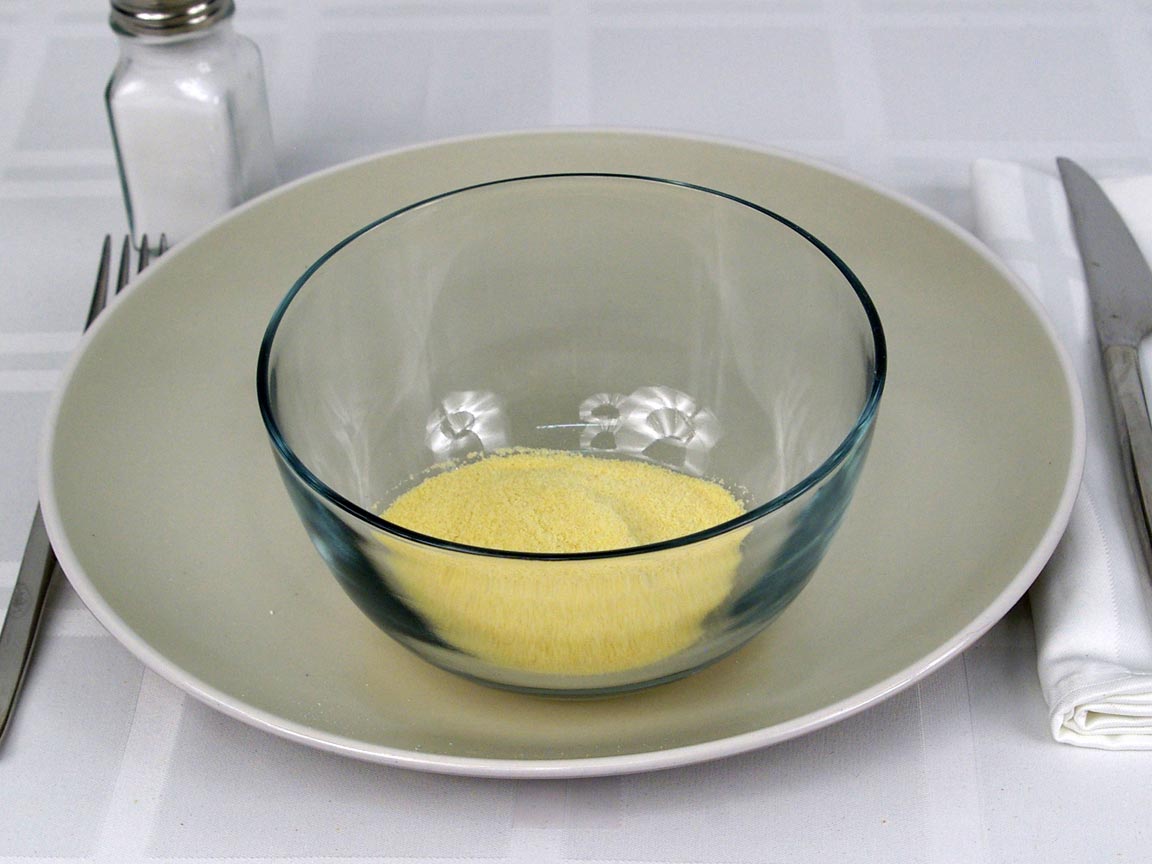
Semolina Flour
(93% similar)
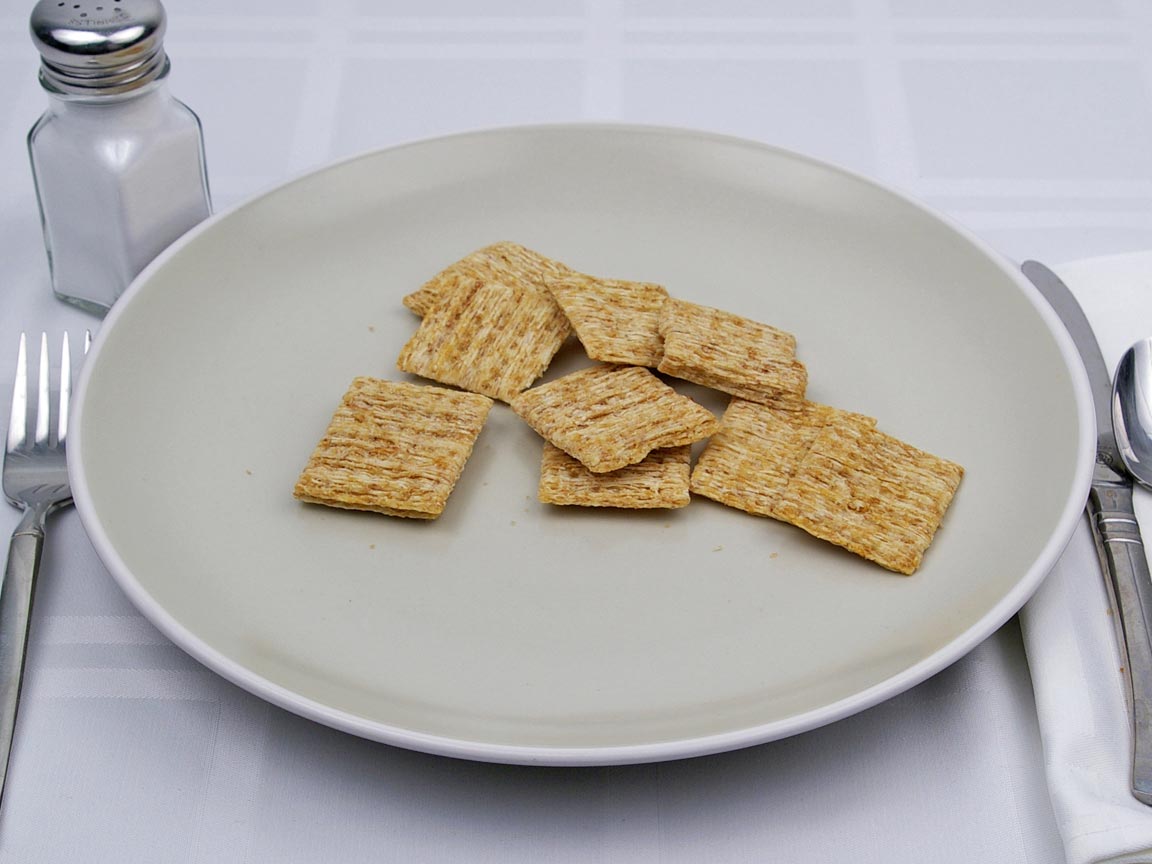
Triscuit Woven Wheat Crackers - Reduced Fat
(98% similar)
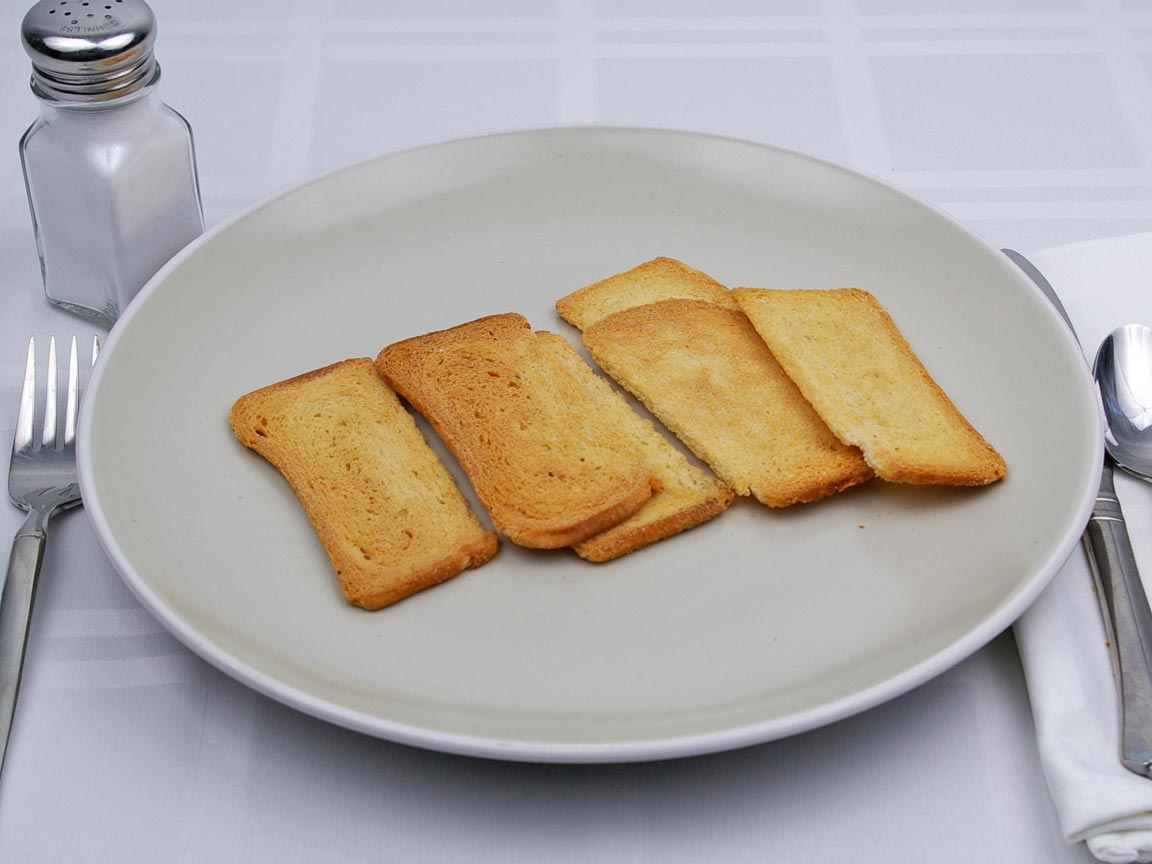
Melba Toast - Rye
(98% similar)
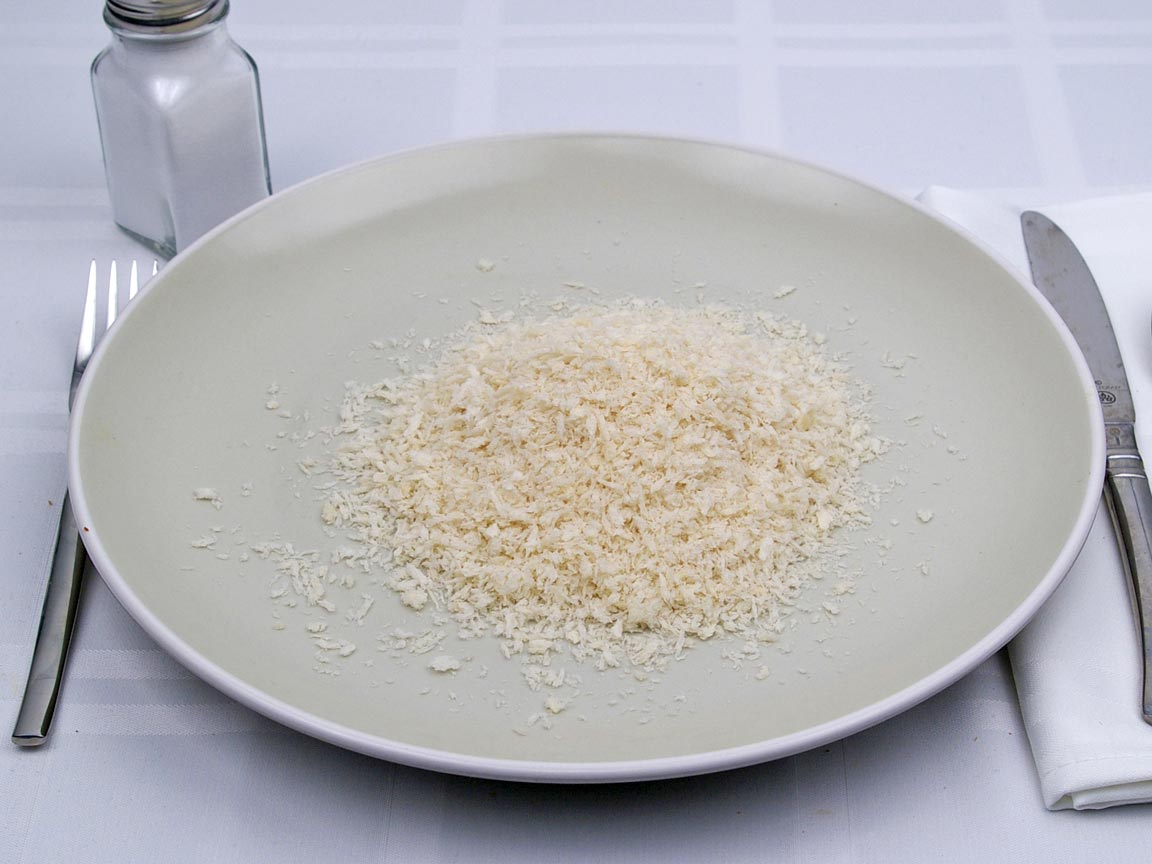
Panko - Breadcrumbs
(98% similar)
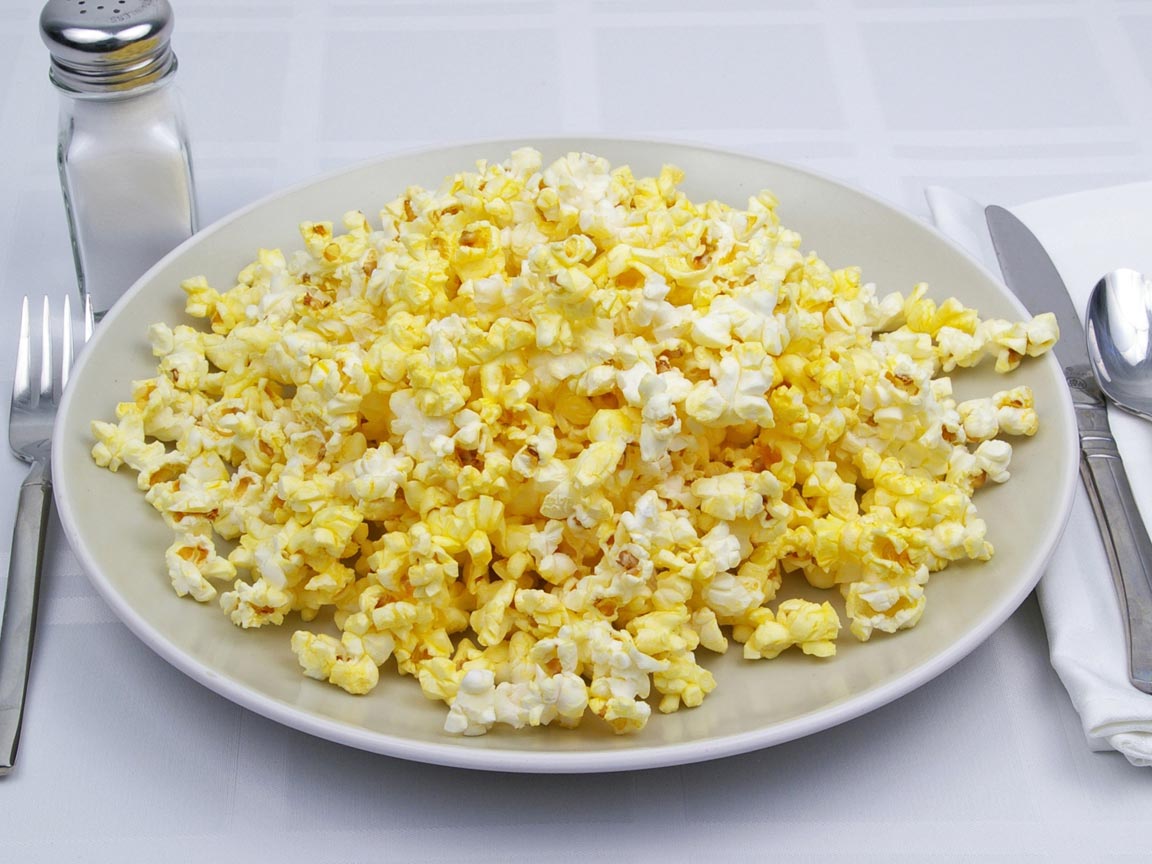
Popcorn - Air Popped
Serving Size 0.5 cup spaghetti (about 46 g)
| Amount Per Serving | ||
|---|---|---|
| Calories 165 | Calories from Fat 10 | |
| % Daily Value* | ||
|
Total Fat
1 |
2 |
|
|
Saturated Fat
0 |
0 |
|
|
Trans Fat
0 |
||
|
Cholesterol
0 |
0 |
|
|
Sodium
5 |
0 |
|
|
Total Carbohydrate
33 |
11 |
|
|
Dietary Fiber
4 |
16 |
|
|
Sugars
1 |
||
|
Protein
6 |
||
* Percent Daily Values are based on a 2,000 calorie diet. Your daily values may be higher or lower depending on your calorie needs.
Available portions
Food analysis
Low In Fat
High In Fiber
High Calorie Density
There is 165 calories in 46 grams of Pasta, whole.
With 362 calories per 100 grams, this food would be considered a High calorie density food.
Be carefull, High calorie density food tends to add up calories quickly and you should be carefull with your portion size if you are trying to lose weight.
Pasta, whole is High in carbohydrates, Medium in proteins and Very Low in fats. You can look at the macronutrients graph below for a detailed ratio.
With a High quantity of fibers and a Low quantity of sugars, this usually indicates that it is a good choice of carbohydrates.
With 63 grams of "Net carbohydrates" per 100 grams,
it not safe to consume if you are following a Keto or Ketosis diet.
Related Searches
lasagna
shells
penne
rotini
farfalle
elbow
pasta
whole
grain
51%
wheat
remaining
unenriched
semolina
dry
macaroni
product
spaghetti
Macronutrients split
80.7% Carbohydrates
5.0% Fats
Nutrients and how much we eat of it play an important role on our health and body composition. To learn more on theses, check our blog posts on Proteins, Carbohydrates and Fats.